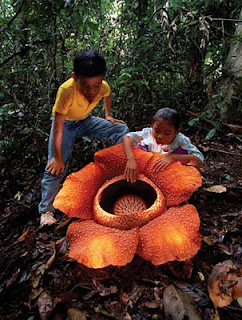The art of giving, receiving, and decorating with flowers is a very old practice. Different meanings are often attributed to certain flowers, and those flowers can then be used to convey particular messages as gifts or decorations. Many of the common favorite flowers have a distinct meaning.
History
The history of using flowers to convey some type of meaning is deeply rooted in many cultures. However, discussion of an actual language of flowers began in the socially stifling 1800s. The meanings and symbolism connected to flowers were used at that time to communicate messages that were perhaps less acceptable as spoken sentiments, including messages of passion and sensuality. Generally, flowers have been used throughout history as a socially appropriate method for sending sentiments, including messages of love and desire, to the opposite sex.
Common Flower Meanings
· Rose—The rose is one of the most beloved flowers to many people, and each one of the many colors has its own meaning. Red, the most common color, is associated with love. Orange is for passion, white is for innocence or purity, yellow is warmth and healing, pink is for friendship and kindness. · Carnation—Carnations are very common gift flowers. Red stands for both love and passion. White is the color of innocence, while pink is association with motherhood.
· Lily—The lily also is available in a large variety of colors, but the most common color is white, which stands for purity. Other types of lilies express friendship, sympathy, prosperity, and a variety of other connotations.
· Marigold—The marigold, which appears to be a very bright and cheerful bloom, is actually associated with grieving.
· Lilac—The lilac is often used in relation to first love and remembrance.
· Violet—Violets are used in association with virtues. They are often used to symbolize faithfulness, spiritual wisdom, and modesty.
· Tulip—Tulips come in a variety of colors, but most messages conveyed by the use of tulips are associated somehow with love. Red in particular is intended to be a declaration of one's love.
· Iris—Irises are common gifts for giving good news. They are associated with good tidings, comfort, and faith. The various colors often carry a variety of symbolic meanings.
· Honeysuckle—Affection is the message conveyed by the popular and sweet honeysuckle.
· Orchid—The graceful orchid is rightly linked to messages of beauty.
· Aster—Aster is a flower associated with a slightly daintier and more fragile side of love.
· Morning Glory—Morning glory is a popular flower in many gardens despite the symbolism for unrequited love.
· Magnolia—The magnolia is closely linked to an appreciation of nature, and it is frequently used in decorations that are meant to be nature-oriented.
· Hydrangea—Hydrangeas are very popular, so the associated meaning of heartlessness seems somewhat strange for the beautiful blooms.
· Dandelion—The dandelion, which many gardeners view as a weed and a nuisance, symbolizes flirtation.
· Hibiscus—The hibiscus is linked to uncommon forms of beauty.
The list above is by no means a complete list of flowers and flower meanings. For assistance with creating an appropriate arrangement to convey an appropriate message, a local florist can be of great assistance. Florists have the knowledge, tools, and flower varieties to assist with any possible order.
Heather de Kok, AAF AIFD CFD PFCI
780-988-8588
















